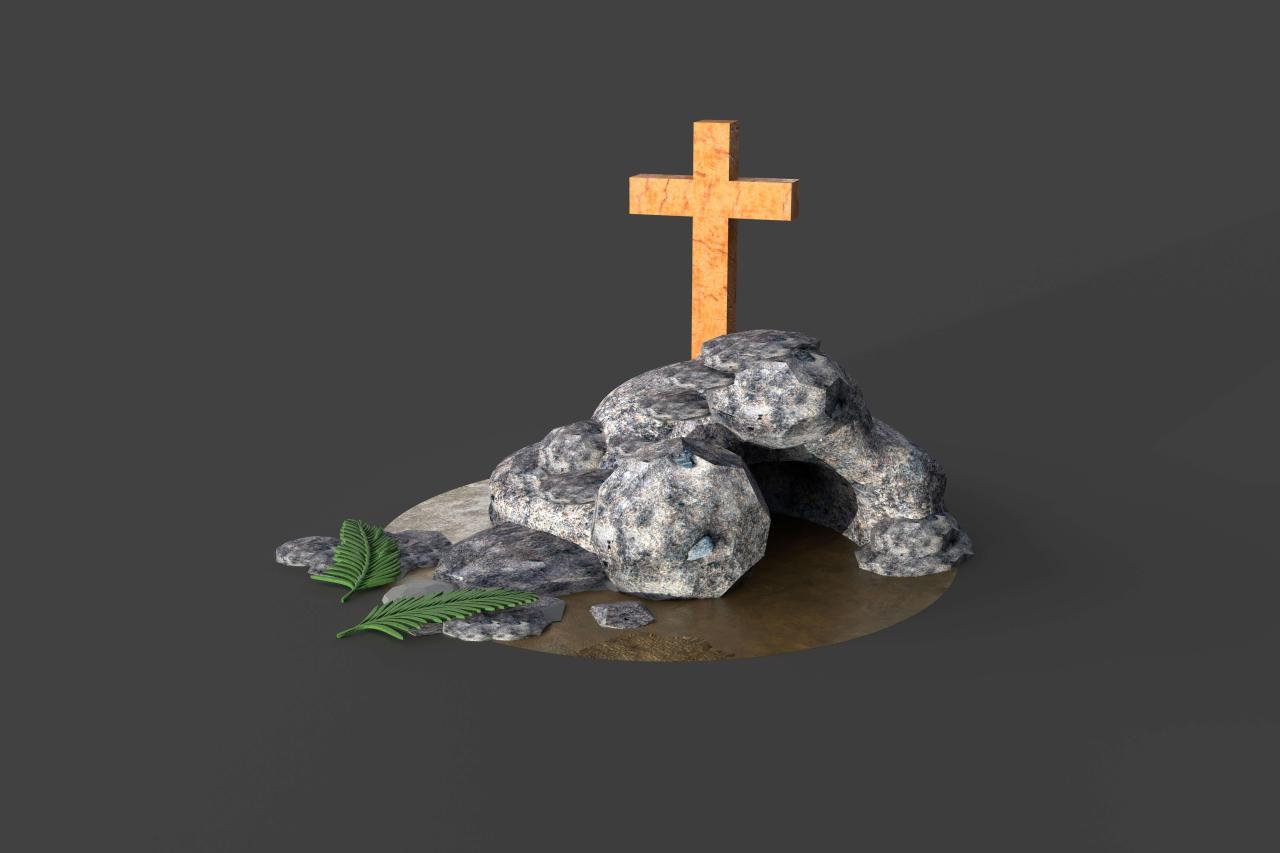Blog Search Results

Did you mean:
bucharest
?
19 results for Eucharist
found
within the Blog
6 displayed out of 19 (0.36seconds)Page 3 of 4

Did a Roman Catholic priest perform 'invalid' baptisms for years?
Posted by Luke J. Wilson on 21st February 2022 in Roman Catholicism | early church,early church fathers,Donatism,baptism,Vatican
You may have seen in the news lately, a Roman Catholic priest in Arizona, USA, has apparently performed “invalid” baptism for years, well over a decade, even.
Due to this, now thousands of people are stressing about whether their baptism counted or if they need to be re-baptised due to the error by Rev. Andres Arango! This has caused concern over the other sacraments these people have partaken in since their baptism, such as the Eucharist, and whether they should have even been allowed it. The Diocese of Phoenix is trying to identify people baptised by Arango so that they can track them down for re-baptism (and possibly, re-confirmation and whatever other r...
What does the word "Catholic" mean?
Posted by Luke J. Wilson on 8th March 2021 in Etymology | catholic,church fathers,church history,etymology,roman catholic,eastern orthodox,Great Schism,Muratorian Fragment
...ed in the Eucharist, the prominence of the See of Constantinople in the “Pentarchy”[5] and, a major sticking point, the claim to universal jurisdiction by the Bishop of Rome. Out of the five Patriarchs (or “sees”[6]), Rome was considered “first among equals” for the prominence and pre-eminence of Rome both within the Empire and within Christianity as a place of the Apostle Peter’s bishopric.
After the Great Schism, both Eastern and Western churches regarded themselves as “catholic”, but the West recognised only the Pope in Rome as their sole leader, whereas the East continued with their historically recognised Patriarchs, and both sides thoug...
From Paradise to Presents: The Christian Story Behind the Christmas Tree
Posted by Luke J. Wilson on 23rd December 2024 in Christmas | history,St Boniface,christmas,christmas tree
...ising the Eucharist. This imagery reflected both humanity’s fall into sin and God’s redemptive plan through Christ. The Paradise Tree served as a visual catechism of sorts, teaching the story of salvation from the Fall to the Redemption. In a later tradition the wafers were replaced by cookies of various shapes, and candles, symbolic of Jesus as the light of the world, were often added to the trees.
Pre-Christian Traditions and the Evergreen
Evergreens have long been associated with life and resilience in the darkest days of winter. In pre-Christian European traditions, evergreen boughs were used during festivals like the Roman Saturnalia and the Germanic...
Does Easter Have Pagan Origins?
Posted by Luke J. Wilson on 22nd March 2021 in Easter | Easter,easter sunday,early church,church history,paganism,pagan roots,Ishtar,Eostre,fertility goddess
...d via the Eucharist, and so the ancient practice of celebrating around Springtime predates any connection to paganism by centuries, if there even are any connections!
That’s all for the history of Lent and Easter (or Pascha), but I hope you can see from this article that the practice has been well established in the historical Church since the beginning, and isn’t a “new” or invented thing merged from/with paganism and fertility goddesses. Most of the traditions are firmly rooted in Christian history, Biblical events and as an outworking and devotion to our faith in Christ and his resurrection as being the fulfilment of the Passover. If you're inter...
Lent: Day 10 - Ignatius to the Smyrnaeans
Posted by Luke J. Wilson on 11th March 2017 in Lent | Lent,great lent,fasting,early church fathers,devotional,daily reading,Ignatius,Ignatius to the smyrnaeans
...ds to the Eucharist and how these unbelievers say that it is not “the flesh of our Saviour Jesus Christ” – an early reference to the doctrine of the Real Presence or maybe transubstantiation? Either way, the heretics taught that the bread and wine were not the flesh and blood and were condemned for it, which obviously has implications on those today who hold these to be merely symbols, if there's any weight to Ignatius's words or to early doctrine. It's something to ponder on at the very least.
The closing chapters are similar to the other letters: they praise the bishop and the church for their faith and for being steadfast against the heresies Ignatius...
Lent Day 32: Cyril of Jerusalem: Catechetical Lectures: Lecture XXI
Posted by Luke J. Wilson on 6th April 2017 in Lent | Lent,great lent,fasting,early church fathers,devotional,daily reading,Doctor of the Church,lectures,liturgy,catechism,Bishop of Jerusalem,anointing,Holy Spirit,chrism
...ad of the Eucharist no longer stays as just bread after similar prayers, he says.
Your body is anointed with the visible ointment, your soul is sanctified by the Holy and life-giving Spirit
Here, Cyril gives us a very interesting insight into how the early church anointed new believers:
“And you were first anointed on the forehead...” – this was to symbolise the removing the shame of the first man, so that we “with unveiled faces” can be “transformed into the same image” of the Lord (2 Cor 3:18).
“Then on your ears…” – this was to symbolise the opening of the ears to God's voice as Isaiah said in Isa. 50:4 and Jesus also declared Matt...

